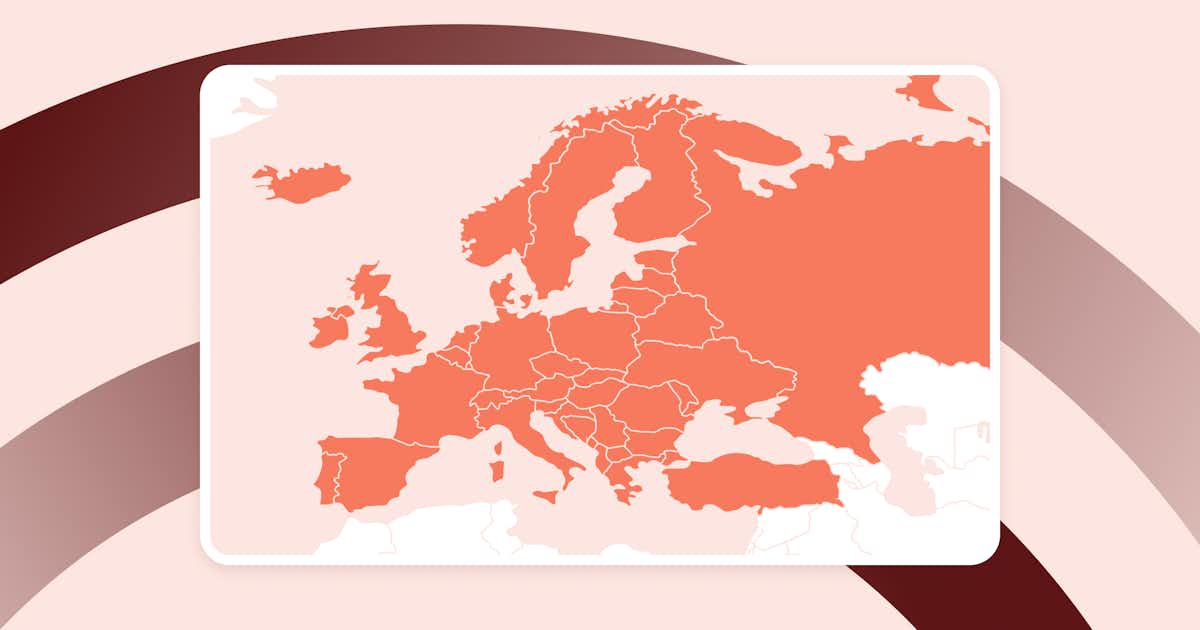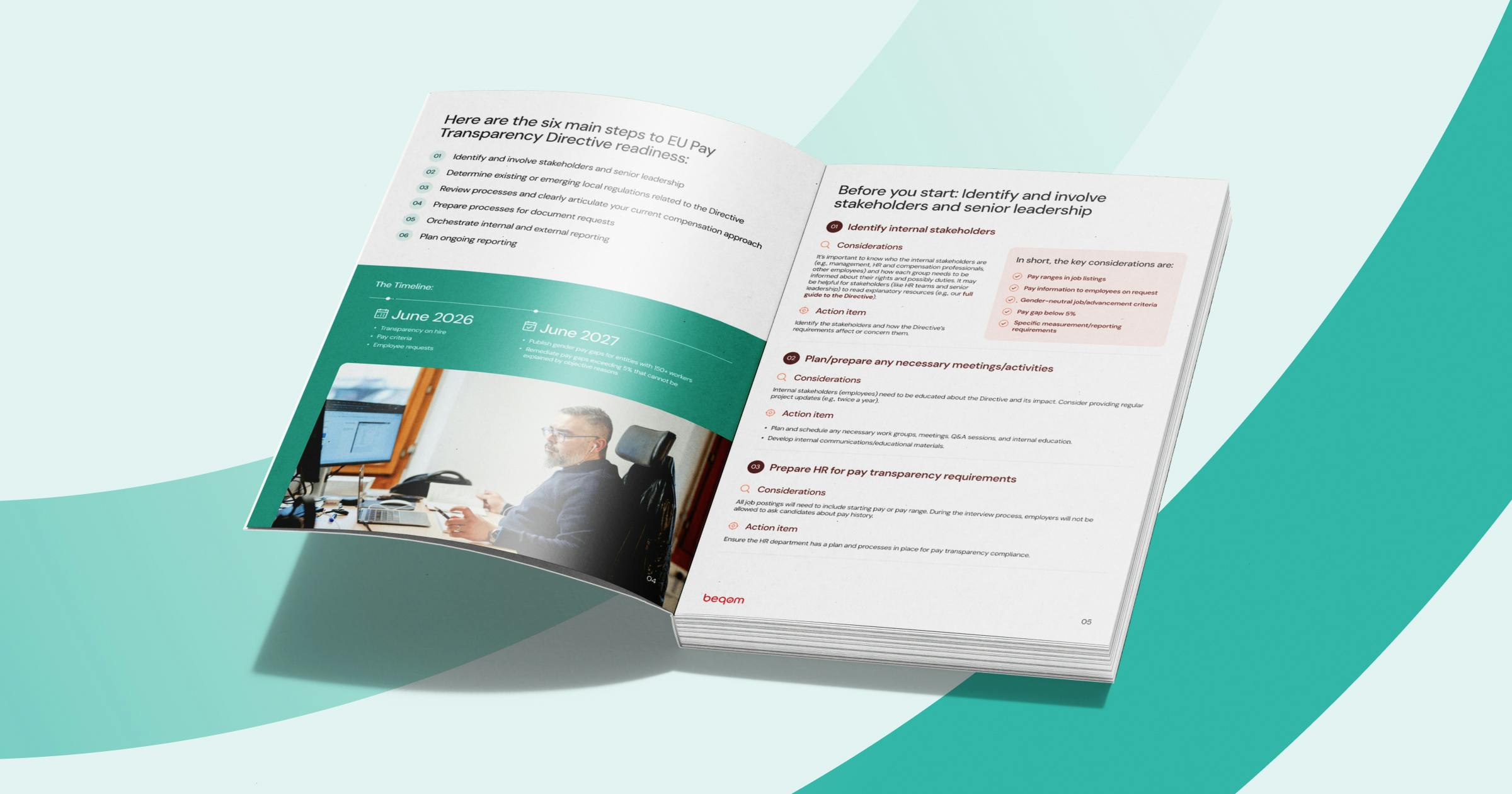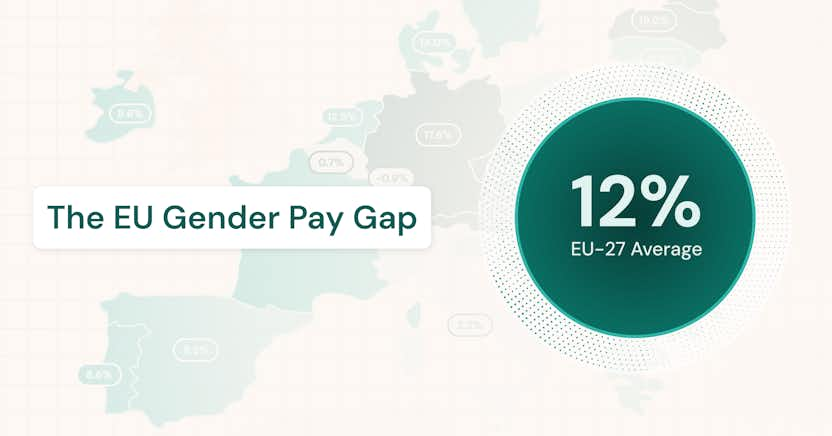EU Pay Transparency Directive Transposition Activity by Nation

Learn more about the following beqom products
The journey to full Directive implementation
When it comes to the EU Pay Transparency Directive, we find ourselves between two milestones. It became EU law in 2023, but EU member states have until 2026 to transpose the Directive into local law.
As expected, different jurisdictions are at different places in the transposition process. In addition, they are all starting from different points: some nations already have existing pay equity and/or pay transparency laws in place, while others may only have broad anti-discrimination legislation.
We’ve created this page to keep track of transposition activity at the jurisdiction level. We’ll keep it updated regularly as the EU member states continue on their journeys towards full legal implementation of the Directive.
The EU Pay Transparency Directive in a nutshell
The EU Directive aims to prevent pay discrimination on the basis of gender. It does this through legislation in two areas: pay transparency and pay equity.
Pay transparency requirements:
- Starting pay must be provided to job applicants before the interview or in the job posting
- Ban on asking applicants about pay history
- All employer decisions about employees’ pay levels and career progression must be based on gender-neutral criteria that employees can reference
- Employees cannot be prohibited from talking about their pay
- Employees are entitled to information about pay ranges on request
- Employees are entitled to a personalized comparison of their pay to the pay of other comparable employees (doing the same work or work of equal value)
Pay equity requirements:
- Employers are required to measure and publish pay gap metrics (which can account for gender-neutral criteria). There are nine specific measurements required.
- Employees have the right to see these measurements
- The gender pay gap should be below 5% (after accounting for objective, gender-neutral factors)
- Employers bear the burden of proof in any pay dispute

How ready are you for the EU Pay Transparency Directive?
Check where your company stands today with our EU Pay Transparency Directive Readiness Checklist, and discover tasks and action items for easier preparation.
EU Pay Transparency Directive transposition activity by member state
Austria As of our most recent update, there is no known transposition activity in Austria. However, the country does have current legislation in effect. The existing legislation requires employers with over 150 employees to provide employees with a pay report. |
Belgium In September 2024, the French Community of Belgium, also known as the Wallonia-Brussels Federation or Fédération Wallonie-Bruxelles, became the first EU jurisdiction to transpose the EU Pay Transparency Directive into law. Their requirements are:
We go into this transposition activity in more depth in this article. This transposition into law is only partial, as the French Community of Belgium is waiting for the law to be transposed at the national level. As of our most recent update, there is no known transposition activity at the national level in Belgium. However, the country does have current legislation in effect. The required annual audit, which companies send to the National Bank, needs to include the pay difference between men and women. Companies with 50 or more employees also need to submit a more detailed pay structure analysis every two years. |
Bulgaria As of our most recent update, there is no known transposition activity in Bulgaria. |
Croatia As of our most recent update, there is no known transposition activity in Croatia. |
Cyprus As of our most recent update, there is no known transposition activity in Cyprus. |
Czech Republic Although there has been no official announcement of transposition activity in the Czech Republic, a government working group has been set up and legislation is being drafted by the Ministry of Labor and Social Affairs. |
Denmark As of our most recent update, there is no known transposition activity in Denmark. However, the country does have current legislation in effect. The existing legislation, dating from 2006, requires employers with 35 or more employees to provide employees with a pay report. |
Estonia As of our most recent update, there is no known transposition activity in Estonia. The government is currently developing a digital solution, called Palagapeegel or Pay Mirror, that employers will use for their reporting activity when the transposed legislation takes effect in 2026. (See the timeline published by the Ministry of Economic Affairs and Communications.) |
Finland On May 16, 2025, Finland’s Ministry of Social Affairs and Health working group published its draft legislation to transpose the EU Directive. The legislation will be reviewed by the Finnish parliament in autumn of 2025 and the official government proposal is now expected to be published in December 2025. The final legislation should be enacted on May 18, 2026. The draft legislation would enact a full transposition of the EU Directive by amending Finland’s existing Act on Equality Between Women and Men. The government holds that this legislation is at the minimum level required by the Directive; however, a few employer groups disagree. See our full article for a few nuances of the draft legislation. |
France Current legislation in France dates to 2018 and is based on the nation’s gender equality index. The law mandates that employers with over 50 employees must submit an annual pay gap report. Since May of 2025, the nation’s government has been working to develop a new index to replace its current system. This new index will be based on the metrics set out in the EU Directive and will incorporate the Directive’s key requirements. This includes the pay transparency mandates, rules for pay assessments if an employer’s gender pay gap is over 5%, and fines for noncompliance. The planned legislation exceeds the Directive’s minimum requirements in one area. While the Directive states that employers with 100 or more employees must report their pay gap metrics, France plans to keep its current reporting threshold of 50 employees. This new legislation is planned to take effect on the Directive’s transposition deadline of June 7, 2026. For more detail on the current pay equity reporting requirements in France, see our local resources page. |
Germany Germany announced on July 17, 2025 that the nation has formed an 11-person committee to develop legislation that will transpose the EU Directive. This is expected by late October 2025. Pay equity experts speculate that reporting will not be required until 2027. Germany already has pay transparency legislation in place: the 2017 Transparency in Wage Structures Act (Entgelttransparenzgesetz) requires all organizations with over 200 employees to be ready to provide pay structure information to employees on request, including information about how that individual’s pay is determined. Employers with over 500 employees are required to report on gender equality and equal pay every few years. |
Greece As of our most recent update, Greece has established a working group for the transposition legislation. |
Hungary As of our most recent update, there is no known transposition activity in Hungary. |
Ireland On January 15, 2025, Ireland published draft legislation that would partially transpose the EU Directive, specifically with regard to its pay transparency provisions. The first provision of this legislation would require a remuneration rate or range in all job postings. The second would prohibit employers from asking applicants about their pay history. There is no official information about when this draft legislation will be considered. The draft legislation does not address pay gap reporting requirements. Ireland does already have legislation in this area; see our recent article for more detail. As of June 1, 2025, all organizations with over 50 employees are required to report. The current reporting requirement specifies that employers must report gender pay gaps (mean and median), statistics on benefits in kind and bonuses, and gender distribution in each salary quartile. Since the EU Directive lays out more specific and detailed reporting requirements, Ireland is expected to change its reporting legislation to make it Directive-compliant. |
Italy The Government has been delegated the task of transposing the Directive via Law 15/2024 , with a legislative decree expected by early 2026. Italy does already have existing reporting requirements dating back to 2021, which requires employers with 50 or more employees to report on gender and pay data every two years. |
Latvia As of our most recent update, there is no known transposition activity in Latvia. |
Lithuania On May 20, 2025, Lithuania published draft legislation that would partially transpose the EU Directive. This legislation builds on the existing framework of Lithuania’s Labour Code and Administrative Code. The pre-existing legislation includes a gender pay gap reporting requirement for employers with 20 or more workers, and if the gap exceeds 5%, the organization is required to take action to close it. In terms of pay transparency, employers must provide salary range information for open jobs and cannot ask applicants or employees about salary history. |
Luxembourg As of our most recent update, there is no known transposition activity in Luxembourg. |
Malta Malta has taken initial steps towards transposing the EU Directive with a Legal Notice that was published by the Maltese parliament on June 27, 2025 and took effect on August 27, 2025. The Legal Notice gives employees the right to request a written assessment between their pay level and the categories of workers performing the same work. (Note that this does not address the comparison to “work of equal value,” as required under the EU Directive.) The Legal Notice also entitles job-seekers to receive written information about the pay range, along with any relevant collective agreements, prior to starting employment. Find all the details in our separate article. |
Netherlands There are no current gender pay gap reporting obligations. Currently, companies with 100 or more employees must have an annual discussion with their works council. This discussion covers changes in pay ratios since the previous year. In late March 2025, draft legislation was introduced that would fully transpose the EU Directive. In regard to pay transparency, this legislation would enact all the directive’s basic requirements (see above, “The EU Pay Transparency Directive in a nutshell.”). It further specifies that employees must have “easy access” to the criteria used to determine wages and pay levels, and it sets a limit of two months for employers to respond to an employee’s request for a personalized pay comparison. In terms of pay gap reporting, the draft legislation would require the specific metrics stipulated in the Directive. (See our quick guide for a listing of those metrics.) This legislation would also establish an administrative body to collect and review the required pay gap reporting data, develop tools to help assess gaps, and hear and act on complaints about employer noncompliance. However, the collapse of the Dutch coalition government in summer 2025 has delayed consideration and implementation of this legislation. On September 24, 2025, the government announced that implementation will likely be in January 2027 rather than June 2026. The first required pay gap reports would then be based on 2027 data. |
Poland In June of 2025, the Polish parliament amended its existing Labor Code to partially transpose the EU Directive. These amendments stipulate non-discriminatory recruitment processes and gender-neutral language in job postings and titles; require job candidates to be informed of pay ranges (based on objective, gender-neutral criteria) prior to employment; and prohibit employers from asking about salary history. These changes will take effect on December 23, 2025. We go into more detail in this article. |
Portugal As of our most recent update, there is no known transposition activity in Portugal. However, Portugal does have current requirements in place. Employers need to have transparent pay policies that include an objective approach to evaluating job functions. They also need to report pay data to the government, which checks it for gender-based pay gaps. The key legislation currently in effect is Law 60/2018, which was implemented in 2019. We’ve also written in more depth about the local requirements for Portugal. |
Romania As of our most recent update, there is no known transposition activity in Romania. Under current Romanian law, employees’ salaries are confidential, so moving to transparency under the EU Directive will be a large shift for employers. |
Slovakia On September 19th, 2025, Slovakia’s government introduced draft legislation that would fully transpose the EU Directive. To do so, the draft legislation would enact a new pay transparency law and would amend parts of the existing Labor Code, Labor Inspection Act, and Employment Services Act. The draft mirrors the EU Directive’s requirements, imposing them at the minimum level stipulated. Slovakia’s draft legislation is open for comment until October 9th and is expected to be approved later in the year. The effective date for the new law would be June 1st, 2026, with the first reporting requirements scheduled for 2027. |
Slovenia As of our most recent update, there is no known transposition activity in Slovenia. |
Spain As of our most recent update, there is no officially announced transposition activity in Spain. Spain has some foundational pay equity legislation that was passed in 2021, although the EU Directive will go beyond those requirements. The existing requirements include an annual remuneration register, an auditing requirement and job evaluation requirement for organizations with 50 or more workers, and employees’ right to pay information. Our local requirements page provides more information about Spain’s current legislation. |
Sweden Legislation was drafted in Sweden as of May 2024. The draft legislation adds the EU Directive’s requirement to Sweden’s own existing legislation. Sweden’s current requirements focus on a compensation mapping analysis called lönekartläggning that all employers must complete annually. Employers of a certain size who identify a pay gap must enact, document, and follow up on a plan for remediation. We talk in more depth about lönekartläggning on our local requirements page for Sweden. |
Additional information
With less than a year left until the June 7, 2026 implementation deadline, we expect exciting times ahead. We expect different jurisdictions to interpret the EU requirements differently, and some will choose to overhaul or amend existing requirements and systems while others create new ones. In the meantime, your organization can already start taking concrete steps to be ready for the Directive’s implementation.
Keep reading
📖 For a deep dive into all the Directive's requirements, check out our free eGuide.
📖 For practical information on your organization's preparedness and step-by-step planning, we’ve created a readiness checklist available for free download.
🎙️ For more details about what the Directive means for organizations and expert tips on how to prepare for compliance by June 2026, watch our on-demand webinar with Hayley Bakker and Gudrun Thorgeirsdottir.
Ready to discuss your organization’s EU Directive preparedness and your pay equity journey overall? Contact us at any time.







